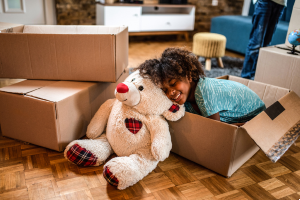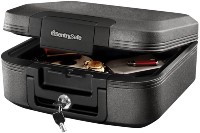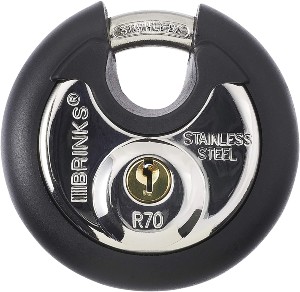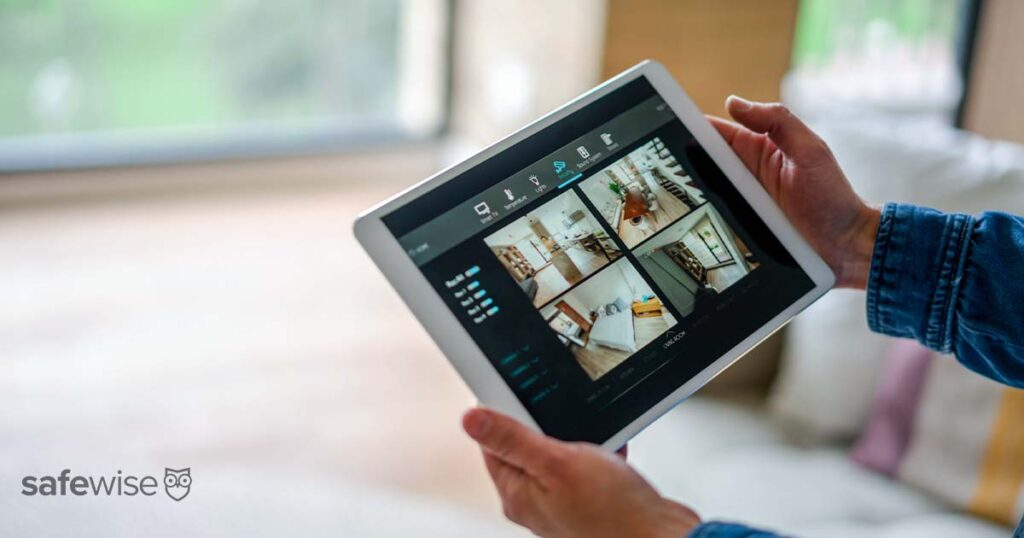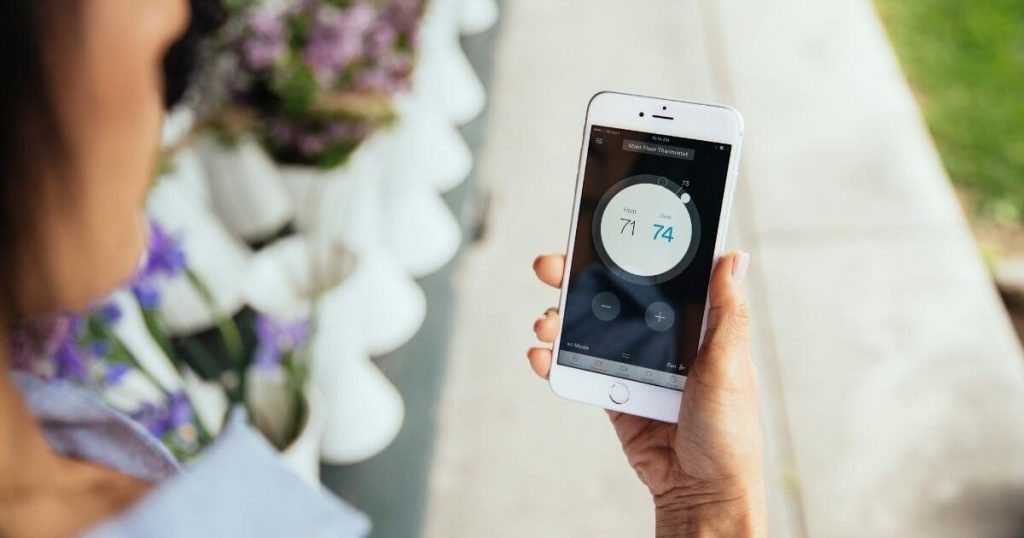Don’t publicize what you’re moving or when and where. You don’t know who sees what you post to social media—even if you think your account is limited to just friends. You don't want people to know when and where a bunch of items will be conveniently boxed up and ready for the taking. Wait and show off your new place at a housewarming party after you’re settled in.
Label boxes with the name of the room it’s destined for, as opposed to what’s in it.
For example, writing "PlayStation" on a box makes it super tempting for someone to just grab it and run. "Family room" makes the box's contents less eye-catching.
If there are small but critical items you won’t need right away, consider putting them in a safe deposit box or self-storage unit until you’re settled into your new place. Important papers and expensive or sentimental jewelry that would be heartbreaking to lose can be safely locked away, giving you less to worry about on moving day. Or you can leave those items with trustworthy family or friends.
It’s easy to lose track of things during a move, and it can take a while to unpack and find everything again on the other end. When it comes to valuables, this can be a problem.
Make a list of valuables ahead of time (there may be some you want to get appraised before the move) and take detailed photographs so you have proof of ownership. If something is lost, stolen, or broken, you’ll need these pictures for insurance purposes.
Make a simple spreadsheet with columns for the name of the object, the box number, when and how it’s getting moved, its condition upon arrival, and more.
There are apps for this too. Check out Sortly, an easy-to-use app that helps you keep track of everything you’re moving, attach photos, and add notes (a serial number, perhaps?). You can even print out labels with QR codes you scan to see what’s inside a box.
Check with your home insurance agent to see what your policy covers during a move. If you are moving especially valuable items, consider taking out additional coverage for those pieces. Many moving companies also offer coverage. Take the time to investigate what is available, so you are protected if something goes wrong.
Leave your home security system or security cameras installed and armed until the very last day. If someone takes advantage of your house being empty, the alarm system should scare them off. Camera footage could help you recover any items they do grab.
When you arrive at your new home, set up your security equipment as soon as possible.
When you stop at a restaurant, make sure you lock all the truck’s doors as well as the back. Park where you can watch it from a window.
At a hotel or motel, park the moving truck near the front of the property where there is better lighting and more visibility, and make sure all doors are locked. Other best moves: back the truck up to a building or wall, and if you have another vehicle with you, consider parking it in front of the truck.
Though moving is always challenging, proper planning can both help you keep your valuables safe and also relieve some of the inevitable stress.
